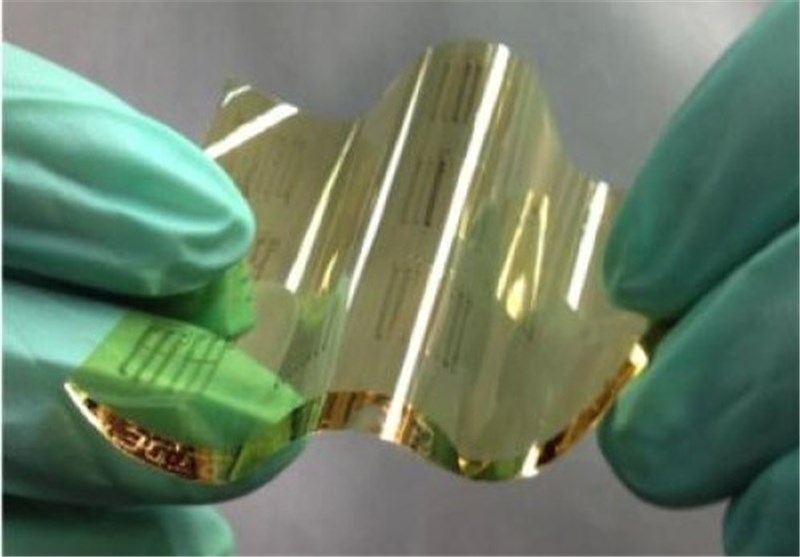Flexible Carbon Nanotube Circuits More Reliable, Power Efficient
TEHRAN (Tasnim) - Scientists managed to develop a process to create flexible carbon nanotube (CNT) chips that can tolerate power fluctuation, bringing high-performance flexible electronics closer to reality.
Engineers would love to create flexible electronic devices, such as e-readers that could be folded to fit into a pocket. One approach they are trying involves designing circuits based on electronic fibers, known as carbon nanotubes (CNTs), instead of rigid silicon chips.
But reliability is essential. Most silicon chips are based on a type of circuit design that allows them to function flawlessly even when the device experiences power fluctuations. However, it is much more challenging to do so with CNT circuits.
Now a team at Stanford has developed a process to create flexible chips that can tolerate power fluctuations in much the same way as silicon circuitry.
"This is the first time anyone has designed a flexible CNT circuits that have both high immunity to electrical noise and low power consumption, " said Zhenan Bao, a professor of chemical engineering at Stanford.
The group reported its findings in the Proceedings of the National Academy of Sciences.
In principle, CNTs should be ideal for making flexible electronic circuitry. These ultra thin carbon filaments have the physical strength to take the wear and tear of bending, and the electrical conductivity to perform any electronic task.
But until this recent work from the Stanford team, flexible CNTs circuits didn't have the reliability and power-efficiency of rigid silicon chips.
The Stanford process also has some potential application to rigid CNTs. Although other engineers have previously doped rigid CNTs to create this immunity to electrical noise, the precise and finely tuned Stanford process out performs these prior efforts, suggesting that it could be useful for both flexible and rigid CNT circuitry.
As a relatively new material, CNTs are playing catch up to plastics, which are closer to mass market use for such things as bendable display screens. The Stanford doping process moves flexible CNTs closer toward commercialization.
Although much work lies ahead to make CNTs commercial, Bao believes these carbon filaments are the future of flexible electronics, because they are strong enough to bend and stretch, while also being capable of delivering faster performance than plastic circuitry.
"CNTs offer the best long term electronic and physical attributes," Bao said.





